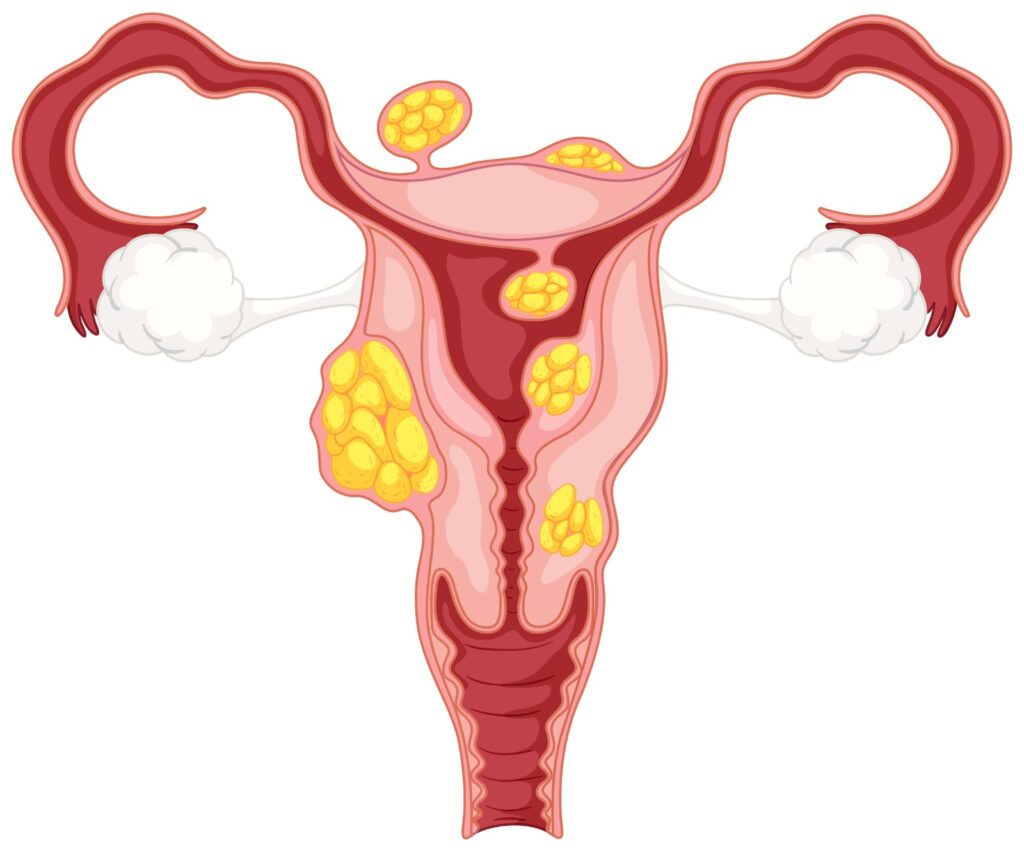

A myomectomy is a surgical procedure to remove uterine fibroids (leiomyomas) while preserving the uterus. This surgery is often performed on women who wish to retain their fertility or who prefer not to undergo a hysterectomy. Uterine fibroids are noncancerous growths of the uterus that often appear during childbearing years.

Indications
A myomectomy is indicated in the following situations:
Types of Myomectomy
Procedure Steps
Risks and Complications
Recovery and Outlook
Conclusion
Myomectomy is a valuable surgical option for women seeking relief from symptoms caused by uterine fibroids while preserving their uterus and fertility. The choice of surgical technique depends on the size, number, and location of the fibroids, as well as the patient’s overall health and reproductive goals. Proper preoperative assessment, skilled surgical technique, and diligent postoperative care are essential for optimal outcomes. Close communication with healthcare providers and adherence to follow-up instructions are crucial for successful recovery and long-term management of fibroids.